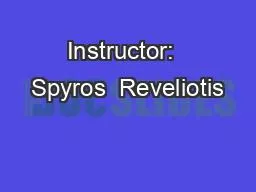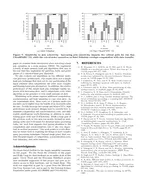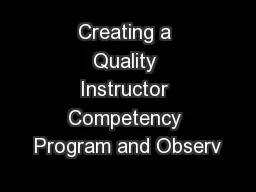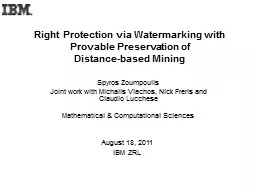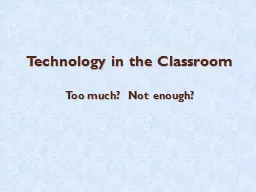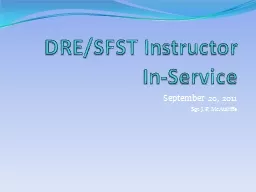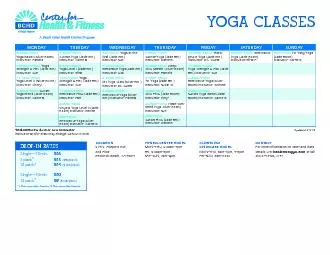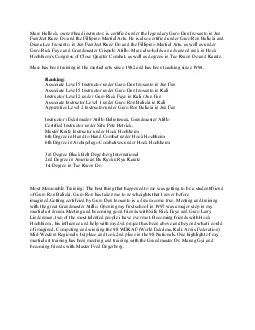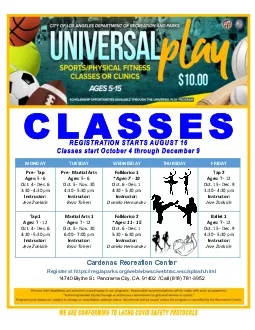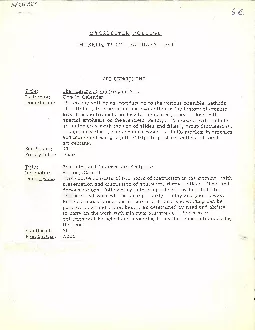PPT-Instructor: Spyros Reveliotis
Author : shoffer | Published Date : 2020-06-23
email spyrosisyegatechedu homepage wwwisyegatechedu spyros IE7201 Production amp Service Systems Engineering Spring 2020 Course Logistics Office Hours By appointment
Presentation Embed Code
Download Presentation
Download Presentation The PPT/PDF document "Instructor: Spyros Reveliotis" is the property of its rightful owner. Permission is granted to download and print the materials on this website for personal, non-commercial use only, and to display it on your personal computer provided you do not modify the materials and that you retain all copyright notices contained in the materials. By downloading content from our website, you accept the terms of this agreement.
Instructor: Spyros Reveliotis: Transcript
Download Rules Of Document
"Instructor: Spyros Reveliotis"The content belongs to its owner. You may download and print it for personal use, without modification, and keep all copyright notices. By downloading, you agree to these terms.
Related Documents

